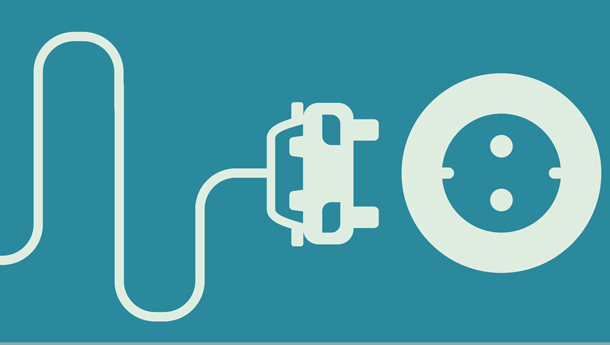Does anyone in the California Capitol subscribe to the Washington Post? Maybe someone on the governor’s staff, or an aide to an influential legislator?
Because the Post published on March 7 an informative story that should be passed around to every lawmaker in Sacramento.
Start with the headline (and a link to the cached version of the article):
“Amid explosive demand, America is running out of power.”
Turns out there are “vast swaths” of the country at risk of being unable to produce enough electricity. Georgia, Arizona, Virginia and Texas are noted as states where “utilities and regulators” are “grasping for credible plans to expand the nation’s creaking power grid.”
The drain is being caused by “electricity-hungry data centers and clean-technology factories” that are proliferating “around the country.”
There’s no mention, however, of the stress electric vehicle mandates will place on the grid. California’s 2035 transition to an all-EV fleet, for instance, is going to cause supply to fall 21.1% short of demand. The calculation behind this figure assumes that residential consumption will remain flat, as it has since 2006, and does not include increased demand from future “electricity-hungry data centers and clean-technology factories.”
Given these factors, that 21.1% shortfall is a conservative estimate.
Another factor to consider is the state’s ability to replace conventional power sources with renewables. To do this, California will have to expand its annual addition of alternative energy sources by 86%.
Can a government that can’t even build a high-speed rail on time (if at all) and nowhere near budget achieve this feat? It doesn’t take a cynic to say, “no way.”
The renewables transition is not following the script nor a favorable trajectory. Energy author and journalist Robert Bryce has been convincingly making this case for some time. He relentlessly points out that proposed renewables sites are being rejected in increasing numbers, with “community opposition so stout in four Democrat-controlled states,” New York, California, Michigan and Illinois, “have passed legislation stripping local communities of zoning authority over big wind and solar projects.”
He also emphasizes the emerging “reliability implications” of the decarbonization and electrification of the economy, and casts doubt on the feasibility of expanding the nation’s America’s high-voltage transmission grid, which will be needed to connect remote solar and wind farms to distribution lines in “distant cities.”
“We are told those expansions, totaling tens of thousands of miles of new capacity, must be completed in the next decade or two,” says Bryce.
“But there’s a terawatt-size disconnect between the rhetoric and the reality. America isn’t building anything close to the amount of high-voltage transmission capacity that the wind promoters, solar advocates, and spreadsheet jockeys claim is needed.”
Turns out that “the amount of new high-voltage transmission (230kV and above)” being built in the U.S. every year “is flat or declining.” Meanwhile, the dollars necessary to build “new high-voltage capacity and the components needed to expand the electric grid” are growing, the per-mile cost nearly tripling from 2008 to 2023.
California dreams of an all-renewables grid by 2045, but infrastructure is harder to build in the material world than it is in the fevered, runaway imaginations of politicians, climate activists and media-based crusaders. Hope and persistence are admirable personal traits, but mixing those with magical thinking is an amateurish way to craft public policy.
Kerry Jackson is the William Clement Fellow in California Reform at the Pacific Research Institute.

